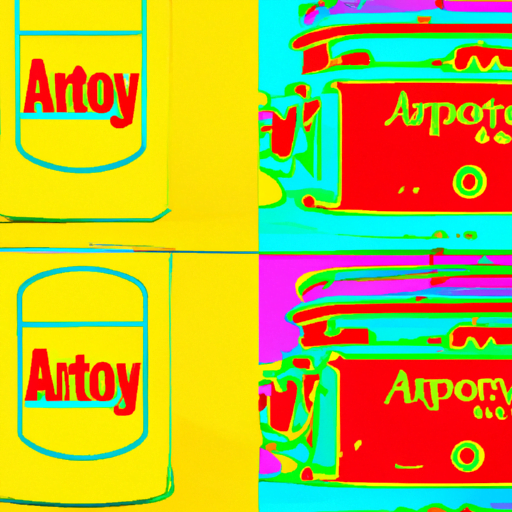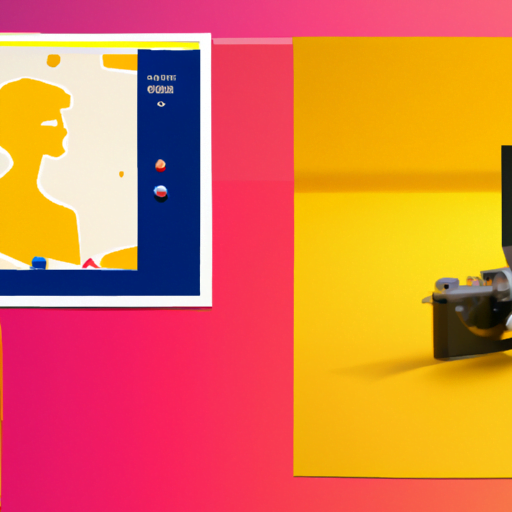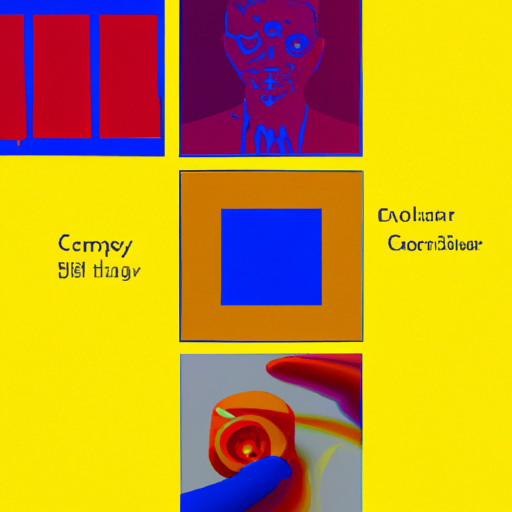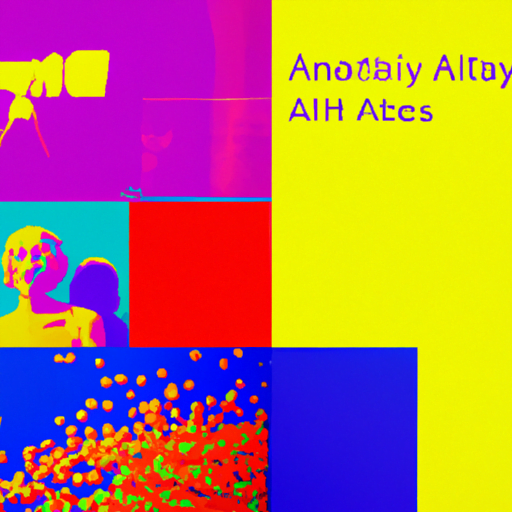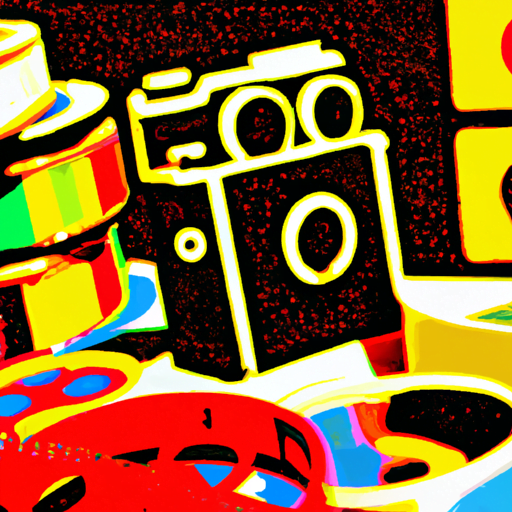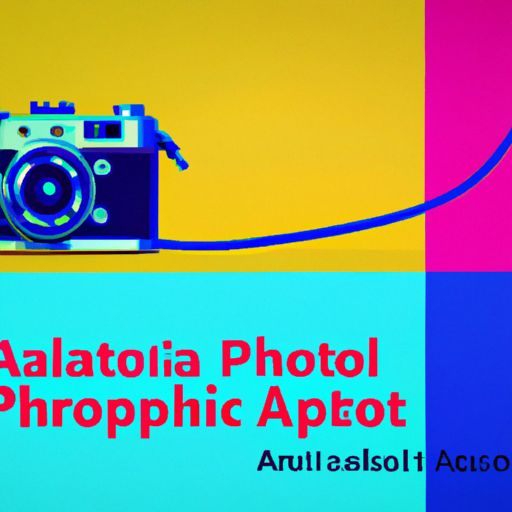-
Table of Contents
- Exploring the Intersection of Graphic Design and Artificial Intelligence
- The Impact of AI on Design Processes
- 1. Automated Design Generation
- 2. Image Recognition and Editing
- 3. Data-Driven Design
- The Benefits of AI in Graphic Design
- 1. Increased Efficiency
- 2. Enhanced Creativity
- 3. Improved User Experience
- 4. Cost Savings
- Challenges and Limitations of AI in Graphic Design
- 1. Lack of Human Touch
- 2. Ethical Considerations
- 3. Learning Curve
- The Future of AI in Graphic Design
- 1. Advanced Design Assistance
- 2. Augmented Reality (AR) Integration
- 3. Customization at Scale
- Conclusion
Exploring the Intersection of Graphic Design and Artificial Intelligence
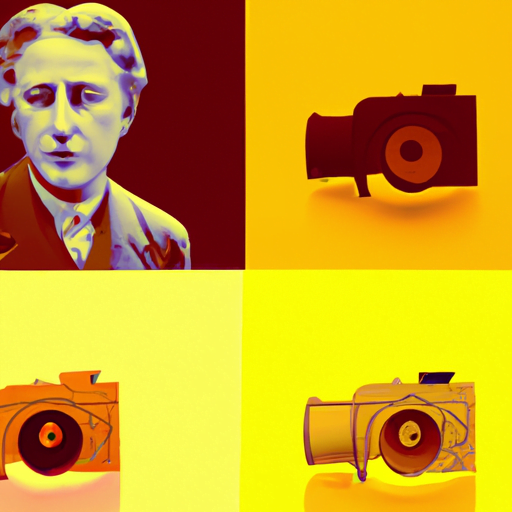
Artificial Intelligence (AI) has been revolutionizing various industries, and graphic design is no exception. The integration of AI into graphic design processes has opened up new possibilities, streamlined workflows, and enhanced creativity. This article delves into the intersection of graphic design and AI, exploring the impact of AI on design processes, the benefits and challenges it presents, and the future of AI in graphic design.
The Impact of AI on Design Processes
AI has significantly impacted various aspects of graphic design processes, from ideation to execution. Let’s explore some key areas where AI has made a notable impact:
1. Automated Design Generation
AI-powered tools can generate design elements automatically, saving designers time and effort. For example, platforms like Canva and Adobe Spark offer pre-designed templates that users can customize with AI-generated suggestions for color schemes, typography, and layout. This automation allows designers to focus more on the creative aspects of their work.
2. Image Recognition and Editing
AI algorithms can analyze and understand images, enabling designers to search for specific visual elements or edit images more efficiently. For instance, Adobe’s Sensei uses AI to identify objects within images, making it easier for designers to find relevant stock photos or remove unwanted elements from their designs.
3. Data-Driven Design
AI can analyze vast amounts of data and provide insights that inform design decisions. By leveraging AI-powered analytics tools, designers can gain a deeper understanding of user behavior, preferences, and trends. This data-driven approach helps create more targeted and effective designs.
The Benefits of AI in Graphic Design
The integration of AI into graphic design processes brings several benefits to designers and businesses alike. Let’s explore some of the key advantages:
1. Increased Efficiency
AI automates repetitive tasks, allowing designers to focus on more creative and strategic aspects of their work. This increased efficiency leads to faster turnaround times and improved productivity.
2. Enhanced Creativity
AI-powered tools can generate design suggestions and provide inspiration, sparking new ideas and pushing the boundaries of creativity. Designers can explore different possibilities and experiment with AI-generated concepts, leading to innovative and unique designs.
3. Improved User Experience
AI enables designers to create more personalized and user-centric designs. By analyzing user data, AI algorithms can suggest design elements that resonate with specific target audiences, resulting in more engaging and effective designs.
4. Cost Savings
AI-powered design tools eliminate the need for extensive manual labor, reducing costs associated with hiring additional designers or outsourcing design work. Small businesses and startups can leverage AI to create professional-looking designs without breaking the bank.
Challenges and Limitations of AI in Graphic Design
While AI offers numerous benefits, it also presents some challenges and limitations that designers need to be aware of:
1. Lack of Human Touch
AI-generated designs may lack the human touch and emotional connection that human designers bring to their work. Design is a subjective field, and AI algorithms may struggle to capture the nuances and context required for certain design projects.
2. Ethical Considerations
AI algorithms are only as good as the data they are trained on. If the training data is biased or incomplete, it can lead to biased or inappropriate design suggestions. Designers must be cautious and ensure that AI-generated designs align with ethical standards and values.
3. Learning Curve
Adopting AI-powered design tools requires designers to learn new skills and adapt to new workflows. Some designers may find it challenging to embrace AI and incorporate it into their existing design processes.
The Future of AI in Graphic Design
The future of AI in graphic design is promising, with several exciting developments on the horizon:
1. Advanced Design Assistance
AI will continue to evolve and provide more sophisticated design assistance. From generating complex design elements to offering real-time feedback and suggestions, AI-powered tools will become indispensable companions for designers.
2. Augmented Reality (AR) Integration
AI and AR technologies are converging, opening up new possibilities for graphic design. Designers will be able to create immersive AR experiences, allowing users to interact with designs in real-world environments.
3. Customization at Scale
AI-powered tools will enable designers to create highly personalized designs at scale. By analyzing user data and preferences, AI algorithms will generate designs tailored to individual users, enhancing user experiences and engagement.
Conclusion
The intersection of graphic design and artificial intelligence offers immense potential for designers and businesses. AI streamlines design processes, enhances creativity, and improves user experiences. However, designers must also navigate the challenges and limitations of AI, ensuring ethical and human-centered design practices. As AI continues to advance, the future of graphic design holds exciting possibilities, with AI-powered tools becoming invaluable assets in the designer’s toolkit.

